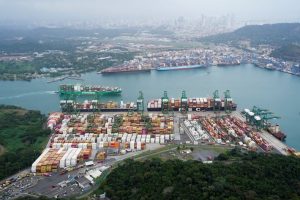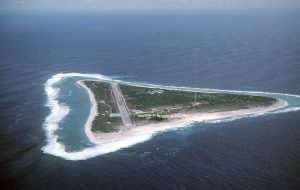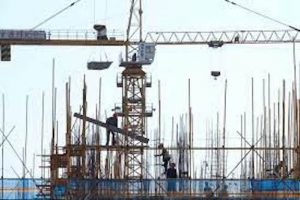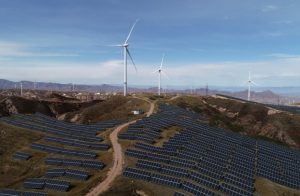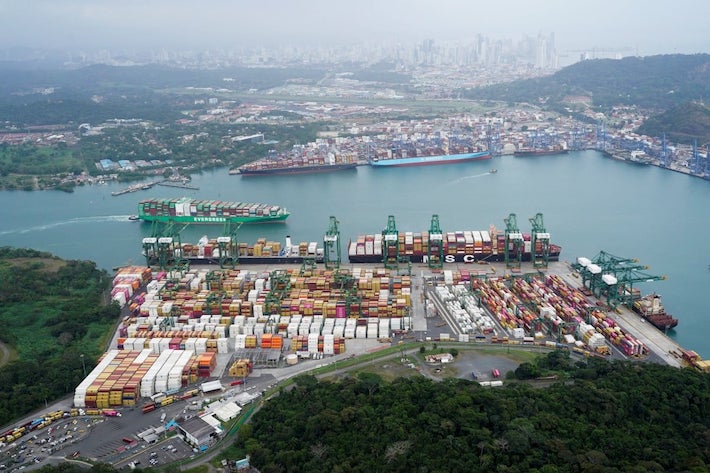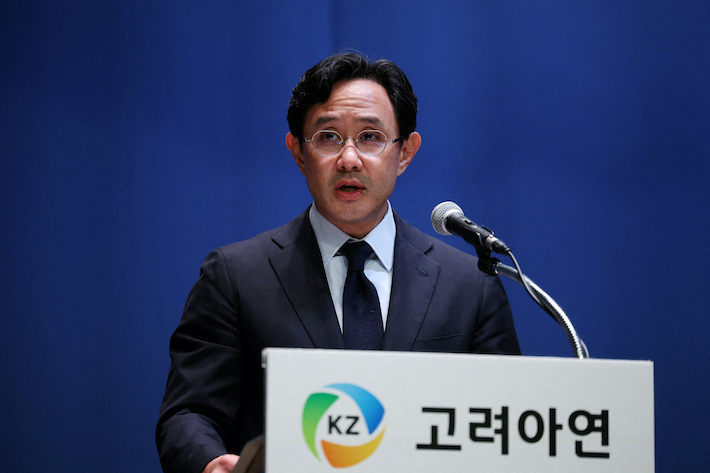China’s hefty infrastructure spending and buoyant property sector helped boost industrial production and fixed asset investment but consumption data continued to show a lag as social distancing rules hurt.
Still, industrial production grew by 4.4% in May, while fixed asset investment rose by 3.9% and retail sales dropped by 2.8% year-on-year, from 3.9%, 0.7% and -7.5% in April. This was short of the market consensus of 5.0%, 4.9% and -2.3%.
“Despite falling short of expectations, China’s industrial production (IP) data in May suggest a high possibility that the GDP growth of the secondary industry may turn positive in Q2 on a year to year basis,” said Betty Wang, senior China economist at ANZ. “In the non-manufacturing sectors, infrastructure and property investment accelerated year-on-year in May but the recovery in the retail sector is mixed.”
The world’s number two economy has been hammered by the pandemic. Strict lockdown measures to contain the spread of the disease from January to March caused the first recession in decades.
But officials warned the country faces a rocky recovery as it emerges from the crisis.
Jiang Yuan, deputy director of the industry department at the National Bureau of Statistics, noted on Monday that the recovery of some industries and products weakened in May, but added that “the external environment is complex, and the stable operation of the industrial economy still faces many difficulties and uncertainties”.
Compared to the previous month, the rebound was mainly driven by a further rise in infrastructure investment growth, while the property market also experienced some pent-up demand.
“Pent-up demand and catch-up production still played a key role in boosting industrial production for some major industrial products in May, although its strength is fading,” said Ting Lu, Nomura’s Chief China economist.
But retail sales growth remained negative due to the social distancing rules still in place.
‘Covid outbreak in Beijing was a shock’
“The Covid-19 outbreak in Beijing over the past weekend was a shock to the Chinese government and we believe the risk of a second wave in China has risen significantly just over the past weekend. As the Covid-19 situation is showing no signs of fading, China’s export growth could worsen further despite the surge in medical product exports,” Nomura’s Lu said, adding that pent-up demand may not be sustainable, while the strength of catch-up production amid the easing of lockdown measures could also prove unsustainable.
“Although China can perform better than many other economies in its fight against the pandemic and during its growth recovery, we remain cautious about the momentum of the recovery in coming months” Lu said.
Consumer spending is increasingly crucial for the Chinese economy as leaders look to transition from one driven by investment and exports, and this change has taken on more importance because overseas markets have been battered by the virus. But sluggish spending indicates people in China are still anxious about returning to their normal standard of living.
Unemployment – which has soared this year – shrank slightly to 5.9%, from 6% in April.
But Martin Rasmussen, China economist at Capital Economics, warned that “the bulk of job losses from Covid-19 were among migrant workers, who are not properly accounted for in the survey.”
However, he said there were “signs elsewhere that migrant job growth picked up in May, especially in the construction sector.”
Even so, analysts warned that there is still a lot of uncertainty among China’s spenders.
“The retail sales could be a one-off improvement from the May Golden Week long holiday,” Iris Pang, ING chief economist for Greater China, said.
Unstable job market
She warned that the “unstable job market and healthcare concerns are the main factors slowing down the recovery…(and) people were still spending carefully.”
The Communist Party has long staked its legitimacy on delivering jobs and prosperity in return for public acquiescence to its political monopoly.
A fresh outbreak of the coronavirus in Beijing has raised concerns about a new wave of infections that could hurt any economic recovery.
And even though there are expectations that real GDP growth will turn positive in the second quarter, it will be a decline from 2019, raising expectations of more monetary easing.
“It is of utmost importance to keep borrowing costs low. As the US federal funds target rate will remain at zero bound, China has more room to cut the rates further,” DBS economist Samuel Tse said.
“In fact, the yield spread between the China 10-year government bond against its US counterpart rose from 120bps in February to over 200bps of late. We project another 30bps of LPR cuts and 150bp of RRR cuts for the rest of the year.”
with additional reporting by AFP






